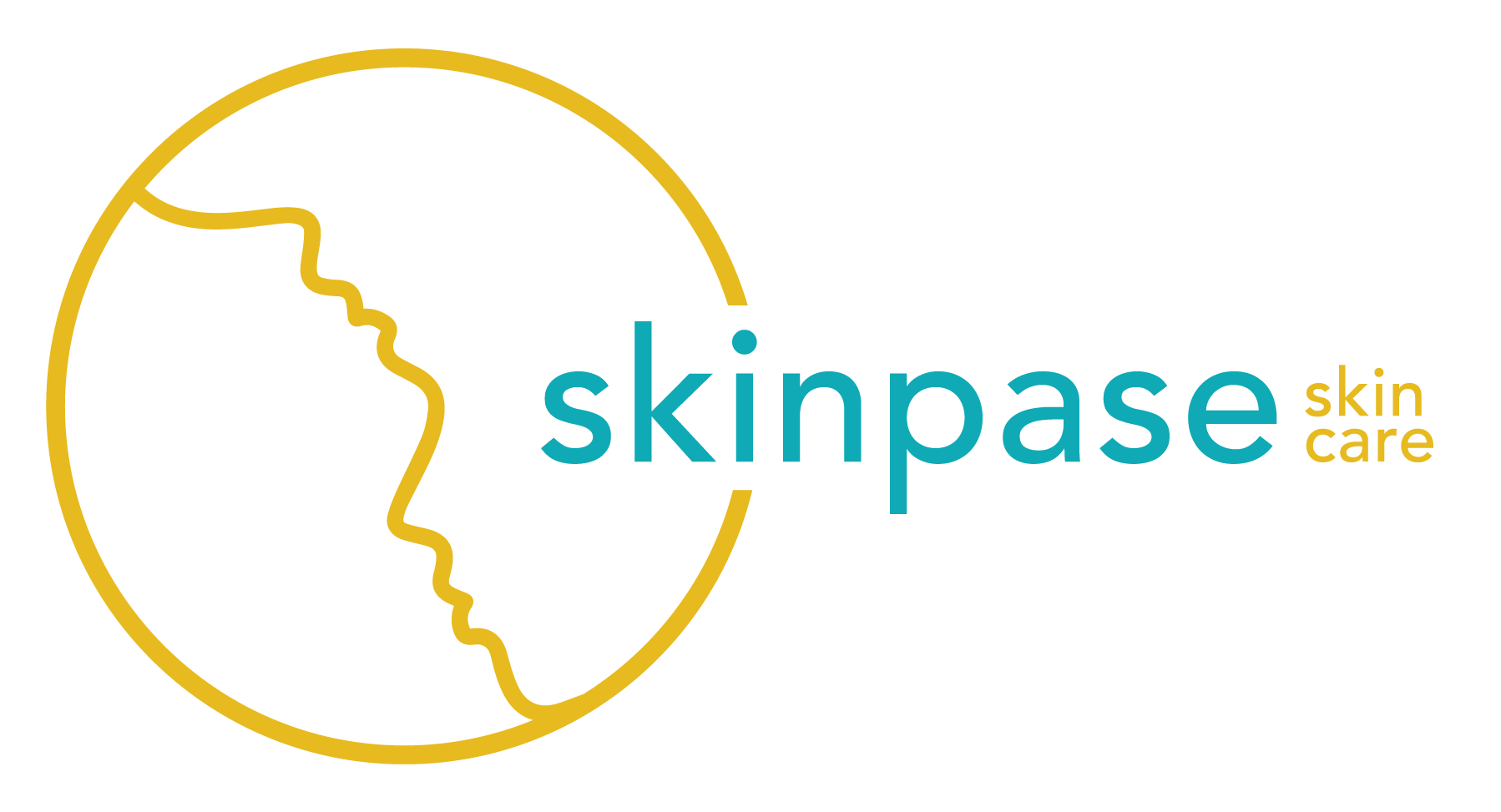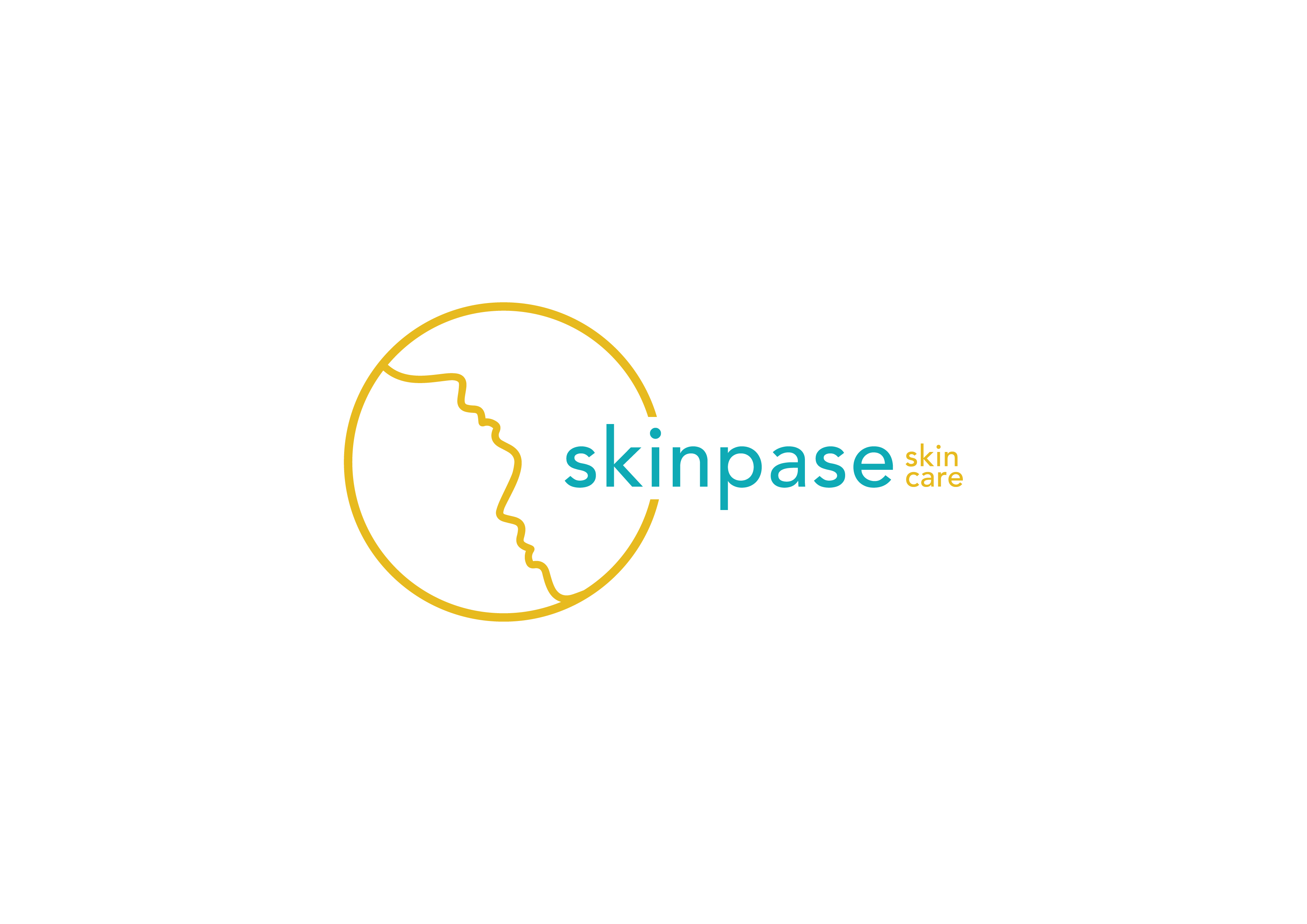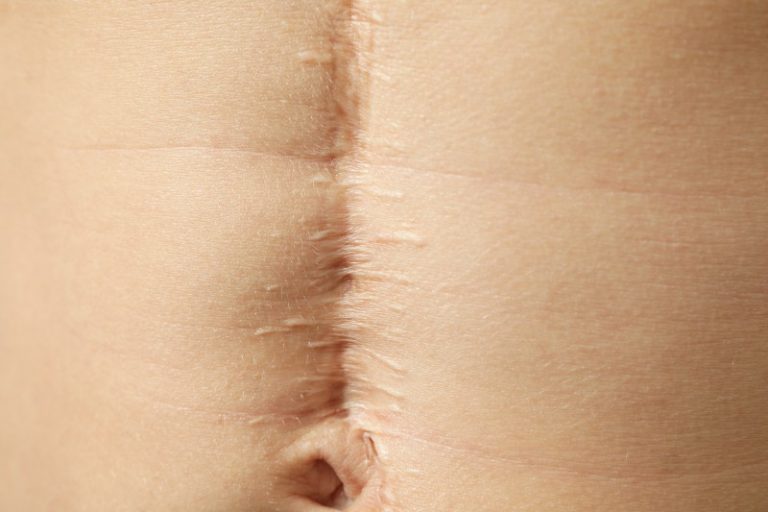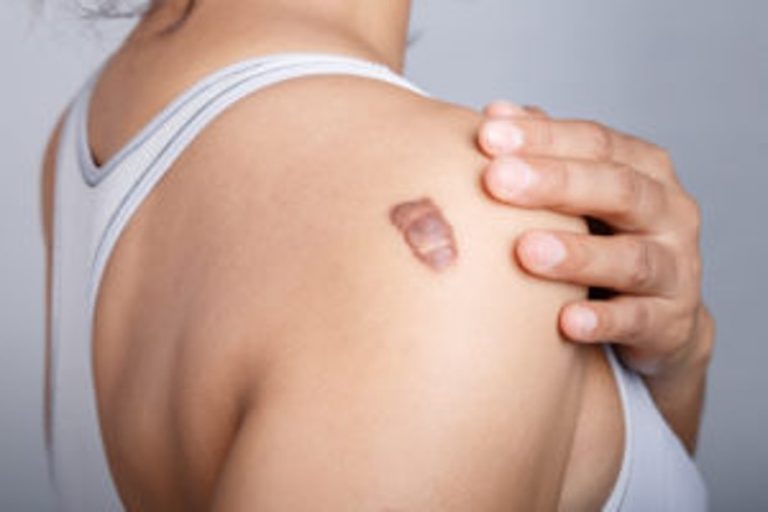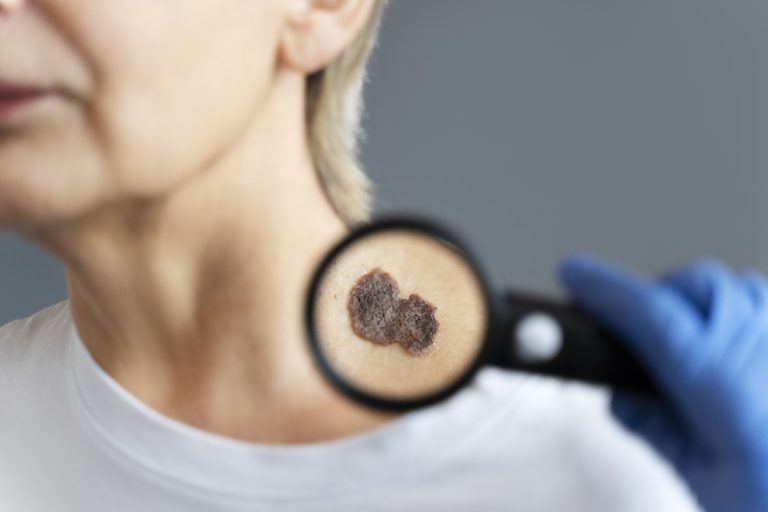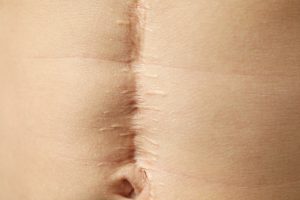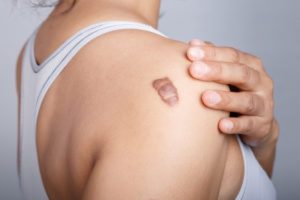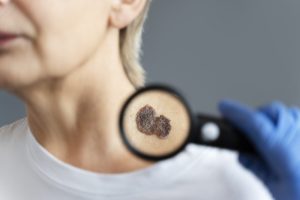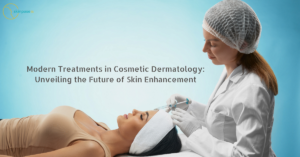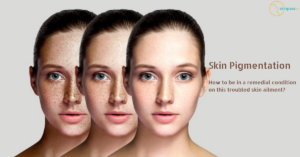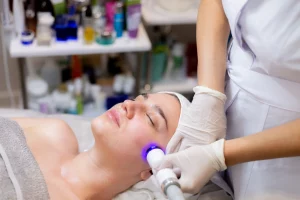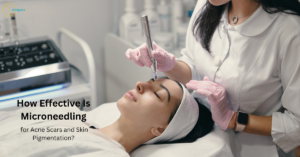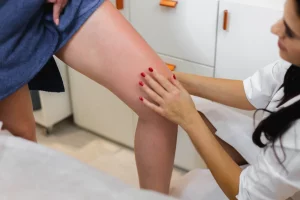Keloid Treatment at Skinpase Clinic
What is Keloid?
Keloids are enlarged, thickened noticeable scars which are usually prevalent in people with dark skin tone. They may appear following surgery, severe skin trauma, or even very little skin injury, such as acne scars. Strangely, they can also appear even if there is no visible skin damage.
Keloids feel stiff or rubbery and are glossy and hairless in texture. They typically appear on the earlobes, upper torso, shoulder, and especially over the breastbone. They frequently appear on the scalp and in the beard area in people with dark complexion. The most typical signs are as follows:
- The injured area either becomes pink, crimson, or flesh-colored.
- Skin that is affected becomes bumpy.
- Skin that has thickened near the injury.
- With the scar tissue, this region keeps becoming bigger.
- Possibly feel pain, tenderness, or irritability from clothing or other objects when they rub against you.
- rare occasions, limiting movement in the affected areas.
Keloid scars can be prickly, irritating, or even painful to touch, despite the fact that they are not harmful. However, these scars frequently have a higher emotional impact than a physical one because they can be quite upsetting, especially for younger patients, and they can profoundly damage self-confidence.
What exactly Causes Keloids?
Although the exact aetiology of this kind of scarring is still unknown, the following is what we do know:
- People with darker complexion are more prone to keloids than individuals with lighter skin.
- Burn and acne scars, as well as wounds that are compressed or infected while healing, are particularly susceptible to developing into keloids.
- Keloids most frequently appear in individuals with ages of 10 and 30.
- They are not contagious
- No cancer risk exists with them
- This type of scarring can run in families.
- Chickenpox, acne, small scrapes, surgical incisions, acute wounds, vaccination sites, or burns are some of the conditions that can result in them.
Treatments for Keloids
Keloids are the outcome of the body’s attempts to mend itself. It’s possible that they’ll come back and grow to their prior size. Keloid treatments can be done in multiple ways.
- Corticosteroid injections: These can reduce itching, redness, and swelling and may help to flatten the keloid.
- Use moisturisers to soften the Keloid.
- Apply pressure or silicone gel pads after the wound has healed.
- Cryotherapy or Cryosurgery-Extremely cold temperatures are utilised to kill skin cells.
- Laser treatments:This can help improve the appearance of the keloid by reducing redness, itching, and swelling.
As mentioned above, there are multiple choices for the treatment of keloids. It’s a good option to consult with the skin experts at our skin clinic for choosing the best keloid treatment plan.
Other skin problems including skin tags, acne, psoriasis, skin infections and skin allergies can get treatment solutions from our medical dermatology team.
Frequently Asked Questions
What are the common keloid treatments?
Common keloid treatments include corticosteroid injections, cryotherapy, surgical excision, laser therapy, and silicone gel or sheeting.
What is cryotherapy for keloid treatments?
Cryotherapy is a procedure where liquid nitrogen is carried out to the keloid to freeze and destroy the strange tissue. It can be powerful for smaller keloids, however won’t be suitable for larger or extra complex keloids.
How is laser therapy for keloids treatments?
Laser therapy uses a excessive-strength beam of light to break down the ordinary tissue inside the keloid. It may be powerful for smaller keloids, but might not be appropriate for larger or more complex keloids.
Are there any risks or side effects associated with keloid treatments?
Like any clinical method, there are risks and side effects related to keloid treatments. There can be infection, bleeding, scarring, and ache or discomfort. Your dermatologist allow you to understand the risks and benefits of every treatment option.
Can keloids be completely cured?
While there may be no guaranteed remedy for keloids, many humans are capable of obtain extensive development with treatment. The purpose of treatment is to lessen the size and look of the keloid, as well as limit signs and symptoms including itching and ache.
How long does it take to see results from keloid treatments?
The time it takes to peer effects from keloid treatments can range depending on the severity and complexity of the keloid, in addition to the treatment technique used. Some people may also see development within a few weeks, whilst others may additionally require numerous months of remedy to achieve their desired results.
Can keloids come back after treatment?
Yes, keloids can come back after treatment. The chance of recurrence can vary relying on the kind of treatment used, the scale and place of the keloid etc. Your dermatologists guide you to understand the hazard of recurrence and expand a plan to prevent it.
How can I prevent keloids from forming?
There is no assured way to save you from forming keloids. However there are some steps you can take to lessen your ailment. These comprises avoiding useless piercings or tattoos, minimizing pores and skin trauma or injury and free from any wounds or infections.
Are there any lifestyle changes that can help with keloid treatment?
Maintaining a healthy life-style, along with following a balanced diet, weight loss plan, staying hydrated, and avoiding smoking or immoderate solar exposure, can help the body’s natural restoration approaches and enhance the effectiveness of keloid treatments. It is essential to speak to your dermatologists about any life-style changes that can be helpful to avoid keloids.
Latest Blogs
Updated Blogs & News
In recent years, cosmetic dermatology has undergone a remarkable transformation, introducing a plethora of cutting-edge treatments.They have altered our approach...
Our skin is the largest organ on our body and it’s the first thing people notice of our health or...
Looking to achieve a more youthful and Healthy Skin? If yes, you should strongly consider Laser skin resurfacing. By eliminating...
Introduction The quest for perfect, radiant skin is an aspiration shared by many individuals round the world. Skin pigmentation problems...
The sun is a powerful force that can be both beneficial and dangerous to our health. Sunlight is...
Thread veins and varicose veins are two types of veins that can cause discomfort and embarrassment. Thread veins...

